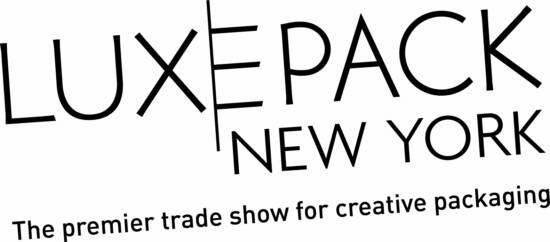Nancy Mahon, The Estée Lauder Companies: “Upskilling suppliers on climate is a critical aspect of our climate strategy”
2023/11/23
Nancy Mahon was appointed The Estée Lauder Companies’ (ELC) very first Chief Sustainability Officer in April 2023. She speaks to Formes de Luxe about how the cosmetics group is addressing climate change and its strategy regarding new choices in the areas of packaging and ingredients.
What are the main pillars of Estée Lauder Companies‘ sustainability strategy?
Nancy Mahon: Our strategic approach helps set our direction by looking out 10 years into the future to inform our continuous transformation and best position us for long-term, sustainable growth. We keep an eye on the evolving trends and the expectations from our key stakeholders—consumers, retailers, investors, employees, and regulatory bodies. Our focus is on the areas where our company can have the most impact: climate and energy; packaging; sourcing; green chemistry and ingredient transparency; inclusion, diversity & equity; employee health and safety; and social investments. Our social impact and sustainability initiatives help drive innovation, growth, and efficiency across the business and within our brand portfolio.
Shortage of raw materials, carbon footprint… What is the group’s strategy regarding environmental issues?
NM: We’re committed to providing consumers with prestige beauty products that deliver exceptional performance and luxury coupled with high standards for safety, quality, efficacy, and sustainability. ELC has achieved carbon neutrality in scopes 1 and 2 for the fourth year running and we’re focused on reducing our products’ potential environmental impacts across their lifecycle—from packaging to responsible sourcing and ingredient transparency. As an example, we aim to use responsibly sourced paper products whenever possible to have 100% of our forest-based fiber cartons FSC-certified by 2025. We’ve also committed to have 75-100% of our packaging be recyclable, refillable, reusable, recycled or recoverable by 2025 and we’ll increase the amount of PCR material in our packaging to 25% or more. ELC has already made real progress regarding these targets with 71% of packaging [excluding recent acquisitions] now recyclable, refillable, reusable, recycled, or recoverable as of fiscal year 2023.
Prestige packaging plays such an important role in consumer experience, and we believe our creativity and innovation can help advance solutions for our brands and for the personal care and cosmetics industries at large. Partnerships and collaborations with leading players—from The Sustainable Packaging Initiative for Cosmetics (SPICE) to Zero100—provide opportunities to collaborate across the beauty industry and sectors.
Does your sustainability strategy involve working with start-ups?
NM: It does, but I would like to do more, as does our Executive Vice President, Research, Product & Innovation Officer, Carl Haney. On the brand front, we make acquisitions and sometimes invest in smaller players, such as English brand Haeckels in 2022. Most of this brand’s ingredients come from kelp and seaweed, and they have experimented with edible packaging!
How do you measure your carbon footprint?
NM: Our Scope 1 and 2 accounting is pretty conventional: we collect primary energy usage data across our sites and fleet wherever possible and use high-quality approximation methods to fill in some gaps (e.g., using the floor area of a store). Our scope 3 is complex, as you may imagine for a large company; we are able to get internal activity data from for every category whether that is the mass of the raw materials we buy or our spend on advertising. Like many companies, we use spend-based accounting for parts of Scope 3 and are actively working to implement more exact methods.
We have already seen great benefits from methodology improvements for scope 3 – we can get better insights into our footprint and clearer opportunities for action. For example, transportation and distribution is key because it makes up a big part of the group’s footprint and offers many opportunities for emissions reductions.
We have also been increasing our use of supplier-reported data across multiple categories. This allows us to get around some of the limitations of secondary data sets and gives us opportunities to engage suppliers on climate more broadly.

